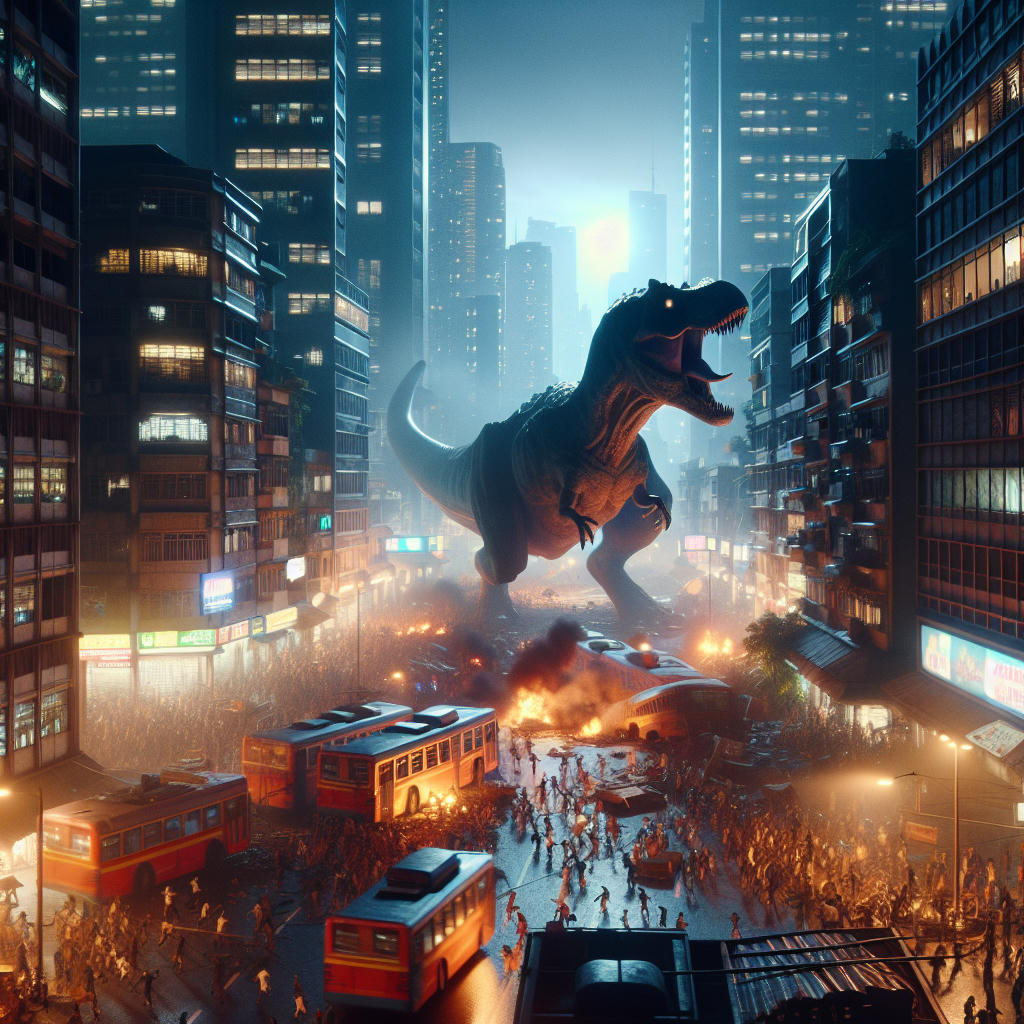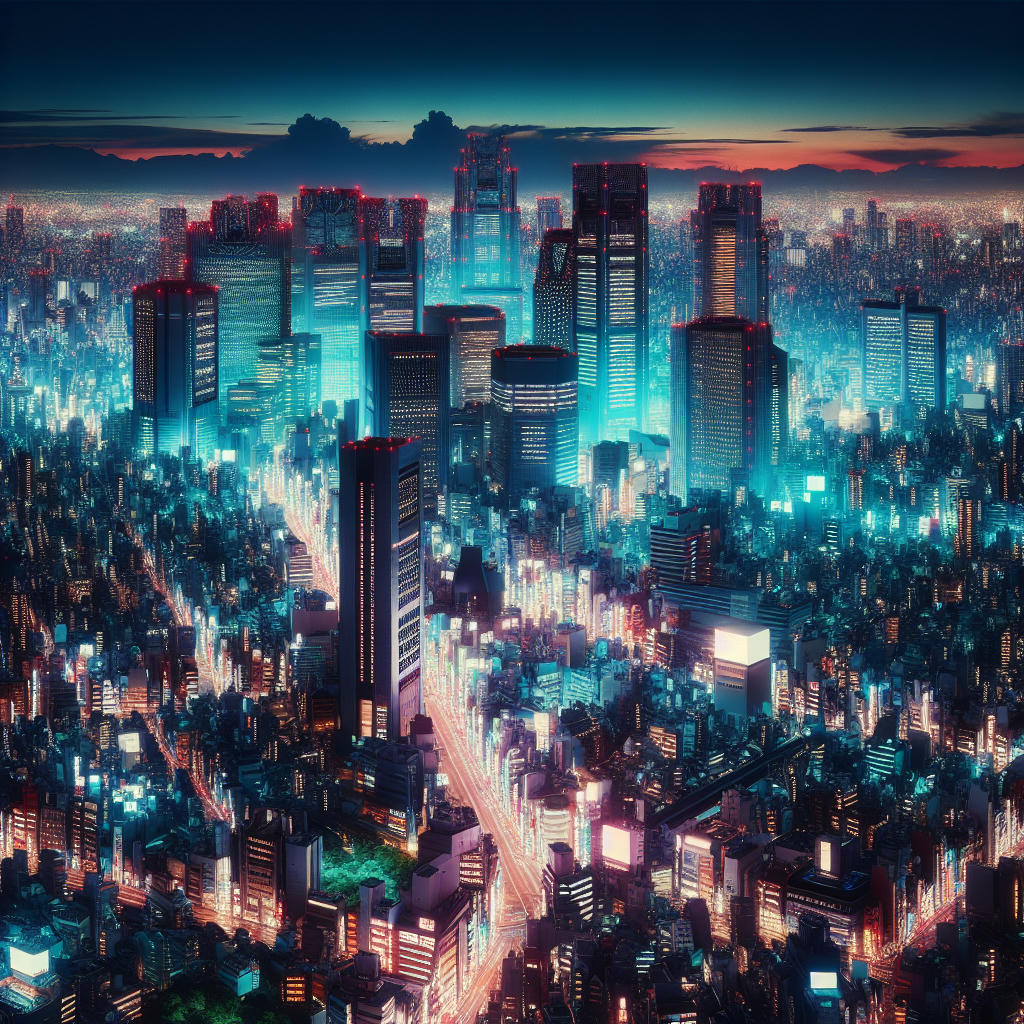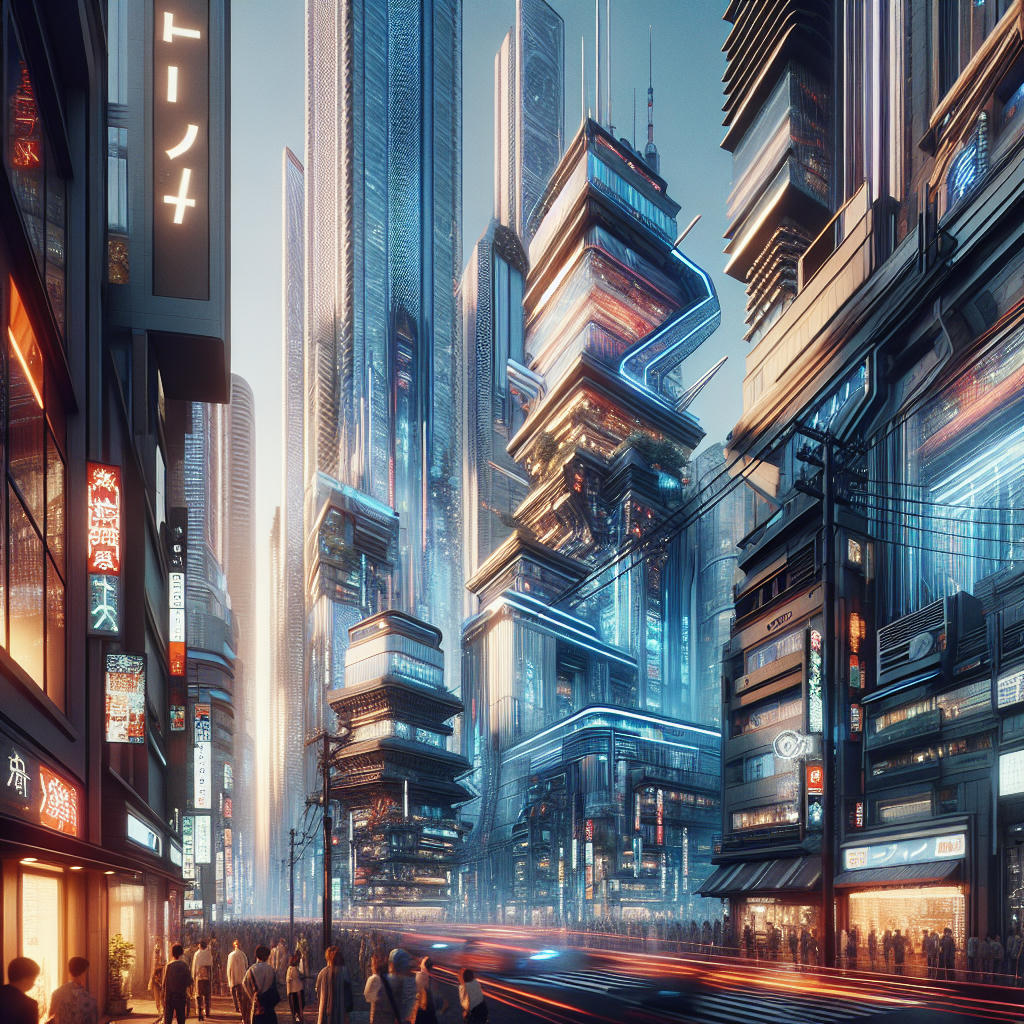In the sprawling expanse of pop culture, few images are as iconic as the sight of a colossal kaiju rampaging through the neon-lit streets of Tokyo. From Godzilla to Mothra, these towering behemoths have become synonymous with the Japanese capital. But why Tokyo? What is it about this city that draws these monstrous creatures like moths to a flame? To understand this phenomenon, we must delve into the intricate tapestry of history, culture, and psychology that binds kaiju to Tokyo.
The Birth of Kaiju: A Historical Perspective
The term "kaiju" translates to "strange beast" in Japanese, and its roots can be traced back to ancient folklore. However, the modern concept of kaiju as we know it today was born in the aftermath of World War II. Japan, reeling from the devastation of nuclear bombings, found itself grappling with the horrors of atomic energy. It was in this context that the first kaiju film, "Godzilla" (1954), emerged.
Godzilla, a creature awakened and mutated by nuclear radiation, became a symbol of the destructive power of atomic energy. Tokyo, as Japan's capital and a symbol of its post-war recovery, was the perfect stage for this allegory. The city's destruction in the film mirrored the real-life devastation of Hiroshima and Nagasaki, creating a powerful narrative that resonated with audiences.
Tokyo: A Symbol of Modernity and Progress
Tokyo's allure for kaiju goes beyond its historical significance. The city is a symbol of modernity, progress, and human achievement. Its towering skyscrapers, bustling streets, and cutting-edge technology represent the pinnacle of human civilization. For kaiju, these symbols of human progress are both a challenge and a target.
In many kaiju films, the destruction of Tokyo is portrayed as a clash between nature and technology. The kaiju, often depicted as ancient, primal forces, are pitted against the modern, technologically advanced city. This dichotomy creates a compelling narrative that explores themes of environmentalism, the consequences of unchecked technological advancement, and the fragility of human civilization.
The Psychological Appeal of Destruction
On a psychological level, the destruction of Tokyo taps into deep-seated fears and anxieties. Cities, with their dense populations and complex infrastructures, are vulnerable to catastrophic events. The sight of a kaiju tearing through Tokyo's streets evokes a primal fear of chaos and destruction.
Moreover, the spectacle of destruction offers a form of catharsis. In a controlled, fictional setting, audiences can confront their fears and anxieties in a safe environment. The destruction of Tokyo becomes a metaphor for the collapse of order, allowing viewers to explore their own feelings of vulnerability and powerlessness.
Cultural Resonance and Global Appeal
Tokyo's status as a global cultural icon also plays a role in its appeal to kaiju. The city's unique blend of tradition and modernity, its vibrant pop culture, and its status as a global metropolis make it an attractive setting for filmmakers and storytellers. The destruction of Tokyo is not just a local event; it resonates with audiences around the world.
Kaiju films, with their spectacular visuals and dramatic narratives, have a universal appeal. The sight of a giant monster rampaging through a recognizable cityscape like Tokyo creates a sense of immediacy and relevance. It bridges cultural gaps and speaks to universal themes of fear, survival, and resilience.
The Evolution of Kaiju and Tokyo
Over the decades, both kaiju and Tokyo have evolved. The kaiju genre has expanded to include a diverse array of creatures, each with its own unique characteristics and motivations. Similarly, Tokyo has continued to grow and transform, becoming an even more complex and dynamic city.
In recent years, kaiju films have explored new themes and narratives. Some have delved into the psychological and emotional aspects of the creatures themselves, portraying them as tragic figures rather than mere monsters. Others have used the kaiju as metaphors for contemporary issues such as climate change, political conflict, and social inequality.
Conclusion: A Timeless Dance of Destruction
The relationship between kaiju and Tokyo is a complex and multifaceted one. It is rooted in history, culture, psychology, and symbolism. Tokyo, with its rich tapestry of tradition and modernity, its status as a global icon, and its vulnerability to destruction, provides the perfect stage for the timeless dance of kaiju.
As long as there are stories to be told and fears to be confronted, the kaiju will continue to rampage through Tokyo's streets. It is a narrative that speaks to our deepest anxieties and our enduring fascination with the unknown. And in the end, it is this very complexity and ambiguity that makes the kaiju's destruction of Tokyo a compelling and enduring spectacle.


